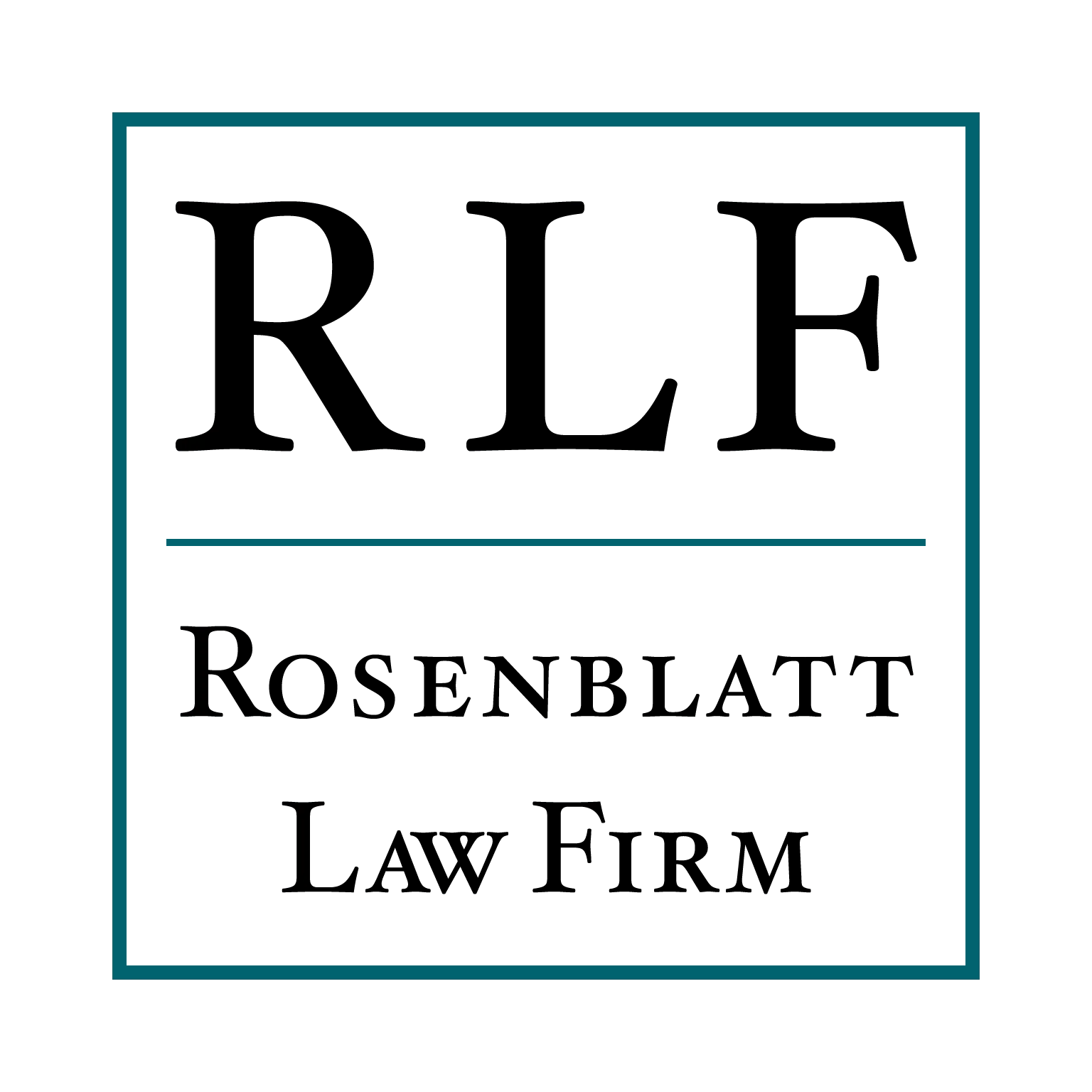The Families First Coronavirus Response Act (“FFCRA”), signed into law on March 18, 2020, required employers with fewer than 500 employees to provide employees twelve weeks of paid leave through a combination of “Emergency Family Medical Leave” and “Emergency Paid Sick Leave” in certain COVID-related scenarios. The FFCRA provided a dollar-for-dollar tax credit for the sick-leave paid for by eligible employers. Although many expected the Consolidated Appropriations Act, 2021 would extend the FFCRA mandate, it eliminated the mandate while extending the tax credit eligibility. Employers only option was to offer paid sick leave as defined under the FFCRA to their employees through March 31, 2021. The Biden Administration’s “American Rescue Plan” proposes extending the mandatory paid sick leave through September 30, 2021, removing exemptions, increasing the maximum amount, and expanding the duration. The American Rescue Plan also proposes extending the tax credit to cover such an extension and expansion.
Emergency Paid Sick Leave Act (“EPSLA”) provides for up to two weeks of paid sick time for the following reasons:
- Being sick or seeking treatment due to COVID-19,
- Caring for someone with COVID-19 or self-quarantining,
- Quarantining due to COVID-19 (under the advice of a healthcare provider) for a minor child whose school or childcare is closed or unavailable due to COVID-19.
Emergency Family and Medical Leave Act (“EFMLA”) provides for up to twelve weeks of paid leave—2 weeks of unpaid leave, and 10 of paid leave. EFMLA leave is only available to employees unable to work (including telework) because their minor child’s school or childcare provider is closed or unavailable due to COVID-19. EFMLA provides as follows:
- Employees must be paid 100% of their current pay, up to a daily maximum for EPSLA leave, unless the leave is due to childcare or school being closed, in which case it must only be 2/3 of the employee’s regular pay rate.
- Leave is paid at 2/3 of the employee’s regular rate of pay. Guidelines include how to handle a varying schedule or a part time employee and whether a returning employee must be offered his or her job back which vary based on the size of the employer and circumstances.
Employers electing to continue offering EFMLA and EPSLA leave through the end of March should pay careful attention to the requirements. If an employee previously exhausted their leave in 2020, the new regulations do not provide clear guidance on whether the employer may claim an additional tax credit in 2021 for that employee. Employers subject to the traditional Family Medical Leave Act (“FMLA”), previously calculated on a twelve-month basis may now be forced to reckon with two different “clocks” for determining the amount of leave available for employees.
Employers should continue requesting employee documentation regarding the reason for the leave and maintain internal documentation procedures to substantiate the tax credits. Employers choosing to extend EFMLA and EPSLA leave should extend the leave to all employees, to avoid claims of discrimination.
For any questions or help needed, please call Rosenblatt Law Firm to determine potential legal risks.



